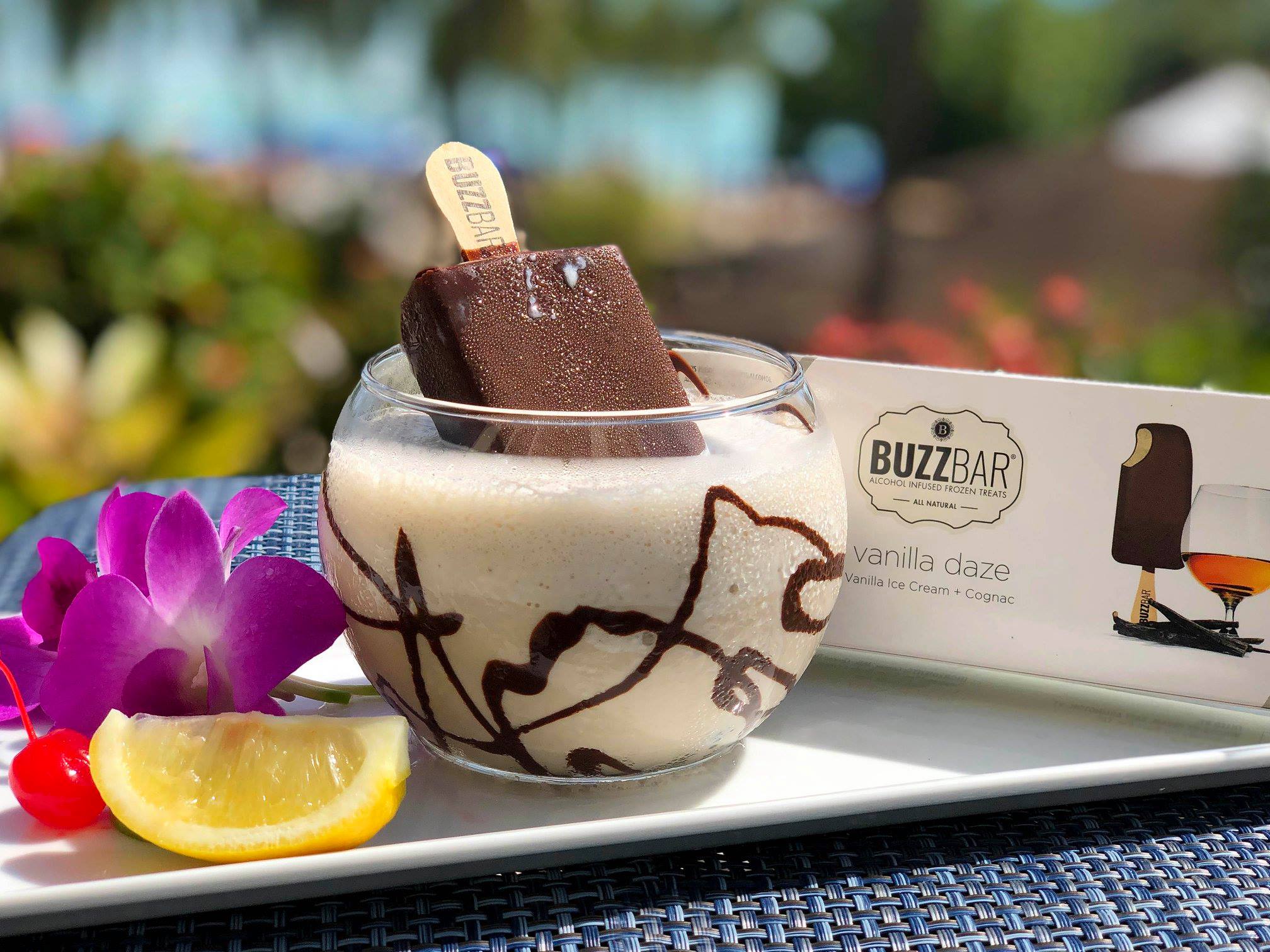According to Circana, sales of private label products are outpacing branded sales growth in several core snack categories in the US, including yogurt and chocolate candy.
Manufacturers of popular products from potato chips to crackers have found a way to maximize innovation as well as market reach by partnering with retailers – and in some categories, own labels have pulled ahead in double-digit terms during 2024.
Private labels hold a 16.7% share of the total core snacking market today, a gain of over 3% at a time when branded snacks have declined 1.1% in unit terms, the company says.
Yogurt is one of the mainstays when it comes to own-brands with a 15.6% unit share and it continues to perform strongly as consumers seek to balance nutrition and value. Private label unit sales of yogurt rose 5.5% in 2024 (Source: MULO+ with Convenience_52 Weeks Ending Dec. 29, 2024) while branded yogurt edged up 4.8% in the period.
Similarly, own-brand chips (+6.1%) gained ground over branded chips (+0.9%) and private-label cookies (+3.6% in unit terms) also increased their unit share in 2024. Other categories with positive sales movements for private-label snacks include tortilla chips (+1.1% vs 0.3% for brands) and non-nut salted snacks such as pretzels and popcorn (+2%; branded: -1.8%).
The stand-out categories for growth are chocolate candy (up 17.1% for private labels while branded goods declined -4.2%) and non-chocolate candy (up 11.4% for private labels versus -0.8% for branded candy).
With nearly two thirds of US consumers (63.1%) stating they buy branded snacks, how are private label brands stealing the show?
“From a snacking standpoint, you have value not just on price, but in terms of providing what consumers need,” explained Circana’s Sally Lyons Wyatt.
“Value is perceived differently by different people. It could be the bottom-line price they pay, but [it] could be addressing needs, whether that’s dietary needs, a specific event, or just fun and enjoyment.
“What private label has done has astounded a lot of people, and the share that it’s been able to gain in snacking, specifically.”
Surprise and delight
Generating a buzz around private-label products through both value and quality has been a key strategy leading to sales growth in multiple categories.
In chocolate candy, for example, market share gains by private label products have been particularly noteworthy.
“Nobody thought there would be a lot of penetration [in chocolate candy]. It’s almost up to 5% share [4/6%],” Lyons-Wyatt said.
“When you look at potato chips, it’s almost at a 12% share. So private label has been able to penetrate categories that were heavily branded and are starting to carve-out some places.”
In a nutshell, retailers have bucked the trend in categories traditionally dominated by brands by coming in with good quality, good taste and good flavours.
“They have delighted consumers in that they can only find that particular product in that store by that retailer,” Lyons-Wyatt said. “And I think this plays in favor of these retailers – because consumers know that product is available exclusively from them – and would go to stores where they’re going to find more of what they need.”




